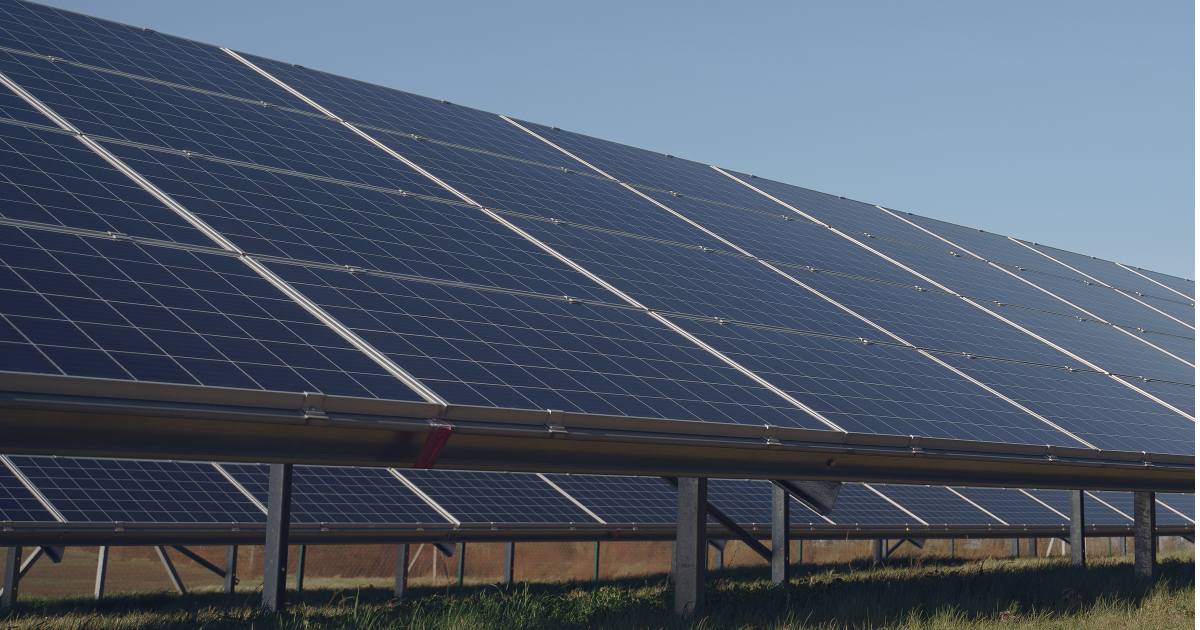An important decision concerning whether a major proposed solar farm for New Zealand can go ahead will soon be made.
In April this year, Todd Generation subsidiary Nova Energy applied to Taupō District Council and the Bay of Plenty Regional Council for resource consent to build a 400 MW solar farm at Rangitāiki, 35 km East of Taupō; which is the near the centre of New Zealand’s North Island.
The proposed clean power station would be situated on an existing 1,022-hectare dairy farm site and involve approximately 900,000 solar panels.
A public notification process has already been completed by Taupō District Council and only four submissions were received, with two of these submissions requesting to be heard at a special meeting. One of those was from Fire & Emergency, and generally in support. Fire & Emergency subsequently withdrew its desire for its submission to be heard as its concerns have been addressed. The other is from A & B Crafar, in opposition – which remains. The other two submissions were classified as neutral.
The submission that remains in opposition is from dairy farmer Mr Allan Crafar, who – according to Council – is apparently proposing to call an expert from Australia who he hopes will support his contention that solar farming should not be allowed at the site – nor elsewhere.
When making decisions on publicly notified consents, three commissioners are at times engaged. But one commissioner is used where no hearing is required or for a limited notified consent. Given in this instance very few submissions are involved, one commissioner has been appointed and at the request of Mr. Crafar, isn’t a local Councillor. The hearing will be held on September 21.
Should it get the green light and go ahead, the Rangitāiki solar farm is anticipated to generate enough clean electricity to power the equivalent of approximately 100,000 homes. Todd Generation’s plans at Rangitāiki include restoring wetlands, native riparian planting, and training and employment for locals.
Construction of the solar farm would take place over three stages, completed over a 5-year period. Todd Generation would like to get cracking on Stage 1 before the end of this year.
Solar Energy In New Zealand
Last year, New Zealand’s share of total energy supply from renewables was at its highest level since reporting started in 1990, at 40.8 per cent. But this was primarily from hydro, geothermal and wind sources. Solar energy made up less than 0.5 per cent of electricity generation and 0.2 per cent of final energy consumption (Source: Energy In New Zealand 22).
Large-scale solar is in its infancy in New Zealand. In June last year, the 2.1MW Kapuni Solar Power Plant commenced operations – and it was the largest grid-connected solar power plant at the time. That was also a Todd Generation project, developed under its Sunergise brand. But big solar should start really making its mark soon as there are a number of large-scale PV projects in the pipeline aside from the Rangitāiki facility.
In terms of small-scale solar power, one of the barriers to uptake in New Zealand is cost. When I looked late last year, a 6kW solar system cost around NZD $13,000 (around AUD $12,300 at the time) including installation. Ongoing supply chain issues have since pushed up prices, to around NZD $13,500; ~ AUD $12,100 at current exchange rates.
Compare that to Australia where prices for a good quality 6.6kW solar system (10% larger) generally range between $5,000 – $9,000.


 RSS - Posts
RSS - Posts



Not sure if it’s of interest or not, but it looks like an Allan and Beth Crafar, plus Allan’s brother, were the director’s of New Zealand’s largest family-owned dairy business until put into receivership and sold to the Chinese in 2012, specifically Shanghai Pengxin Group Co. Limited. (https://en.wikipedia.org/wiki/CraFarms)
I can’t see anything about his current status, but did find this: https://www.stuff.co.nz/national/300675554/massive-solar-farm-project-near-taup-about-to-see-the-light
Crafar stated “Chinese solar panels are made using slave labour” and “never, in their useful life, return enough energy to replace the environmental and energy cost of making them”. He went on to say that panels are an eyesore, a distraction to drivers, and only produce intermittent power.
I’d say the politics are against Crafar winning his argument, though the question of what panels will be used, and where they’re coming from, could be relevant.
About time NZ got cracking on their renewable rollout. They have seriously been resting on their laurels with next to no meaningful growth in either solar or incredibly even wind for the last 10 years!
https://www.irena.org/-/media/Files/IRENA/Agency/Publication/2022/Apr/IRENA_RE_Capacity_Statistics_2022.pdf
Compare in particular the growth of onshore wind and solar in NZ vs. Australia.
If NZ had followed Australia’s lead they would easily have been able to decomission the 20% of capacity from gas and coal.
https://www.irena.org/IRENADocuments/Statistical_Profiles/Oceania/New%20Zealand_Oceania_RE_SP.pdf